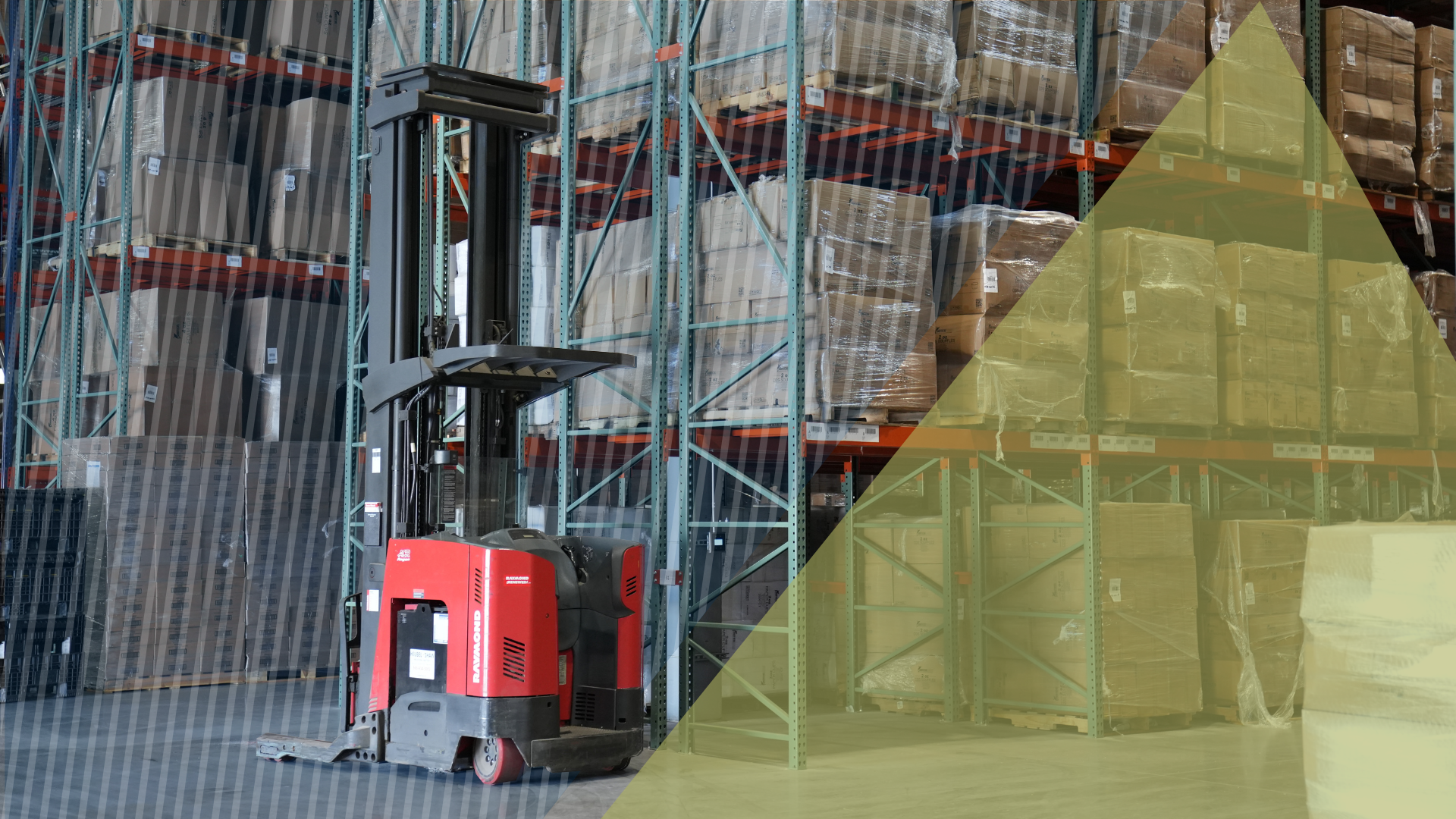Businesses constantly need to optimize operations to stay competitive. A crucial factor to consider is the strategic planning of warehouse space. And with warehouse space constantly increasing in price, having a plan is paramount. In this article, we will cover how businesses can efficiently plan for the warehouse space needed before finding the right partner.
What Influences The Warehouse Space Businesses Need?
There are many ways that the amount of storage space businesses will need can change. Understanding these can help businesses have a better idea of the space they will need to rent out for their products.
- Current Inventory Size: Assessing your current inventory size is the foundational step in understanding your warehouse space needs. Businesses must quantify the total number of units across all products in the stock. In addition, considering the physical dimensions and cubic footage occupied by the inventory allows for a more accurate estimation of the space required for storage.
- Order Fulfillment Process: The way you fulfill orders significantly influences your storage requirements. For instance, if your business requires a just-in-time (JIT) inventory system, you might need less storage space compared to a business with bulk inventory storage needs.
- SKU Variability: The variability in Stock Keeping Units (SKUs) directly influences the complexity of warehouse space needs. This refers to the number of distinct product types or variations in your inventory. A higher SKU count may lead to increased storage complexity, as each SKU may require a separate storage location.
- Product Characteristics: Understanding the physical characteristics of your products is understanding your businesses warehouse space requirements. Factors such as size, weight, and fragility play a crucial role. Bulkier or heavier items may necessitate more space and specialized storage solutions. Products with unique storage requirements, such as temperature-sensitive items or hazardous materials, demand specific considerations that can impact how space is utilized within the warehouse.
- Future Demand: By estimating how your inventory needs might change over time, you can make informed decisions about warehouse space. It’s essential to factor in seasonal variations, product launches, or marketing campaigns that could influence demand. Anticipating growth trends allows you to assess whether your current warehouse space can accommodate increased demand or if adjustments will be necessary to meet future requirements.
Warehouse Utilization Explained
Warehouse utilization rates refer to the degree in which a warehouse space is effectively used to store goods and manage inventory. It is a measure of efficiency and productivity in warehouse operations. Calculating warehouse utilization rates involves assessing how much of the available storage space is being actively used for storing products.
Warehouse Utilization Rate Formula
You can find your warehouse utilization rate by following the formula below:
Warehouse Utilization Rate = (Used Storage Space) / (Total Available Storage Space) x 100
If you are unsure what counts towards “used storage space” and “total available storage space”, use these straightforward definitions to help you find your utilization rate.
- Used Storage Space: The total volume or area occupied by goods and inventory within the warehouse.
- Total Available Storage Space: The entire capacity of the warehouse, considering factors such as rack space, shelving, pallet positions, and any other designated storage areas.
Understanding Warehouse Utilization Rates
Depending on your utilization rate, it can fall into four categories: 100% utilization, optimal utilization, overutilization, or underutilization.
- 100% Utilization: A warehouse utilization rate of 100% indicates that the entire available space is being used to store goods. While this might seem like optimal use, it leaves little room for flexibility and can lead to operational challenges.
- Optimal Utilization: In many cases, an optimal utilization rate is below 100%. By keeping some extra space in the warehouse, businesses can be more flexible and handle challenges better, making their warehouse systems more resilient.
- Overutilization: In instances where the utilization rate exceeds 100%, it suggests that the warehouse is storing more goods than its designed capacity. This can lead to congestion, inefficiencies, and increased risk of errors.
- Underutilization: A low utilization rate shows potential underutilization of warehouse space, suggesting inefficient resource use. This situation prompts a need to reassess inventory management strategies and explore opportunities for optimizing the warehouse layout.
Importance of Monitoring Warehouse Utilization
Monitoring warehouse utilization is crucial, as it helps businesses optimize their operations and improve overall efficiency. Here are some key reasons why monitoring warehouse utilization is important:
- Operational Efficiency: By tracking and analyzing how space, equipment, and labor are utilized within the warehouse, businesses can identify bottlenecks and optimize workflows.
- Cost Management: Optimal utilization helps reduce unnecessary costs related to warehouse space including rent, utilities, and maintenance.
- Customer Satisfaction: With an efficient warehouse comes quicker order fulfillment times. Getting orders fulfilled and shipped quicker can greatly improve satisfaction, increasing the chance for repeat customers.
- Adaptability: As inventory and demand fluctuates, having a deep understanding of your warehouse utilization allows you to be prepared for these changes quicker.

